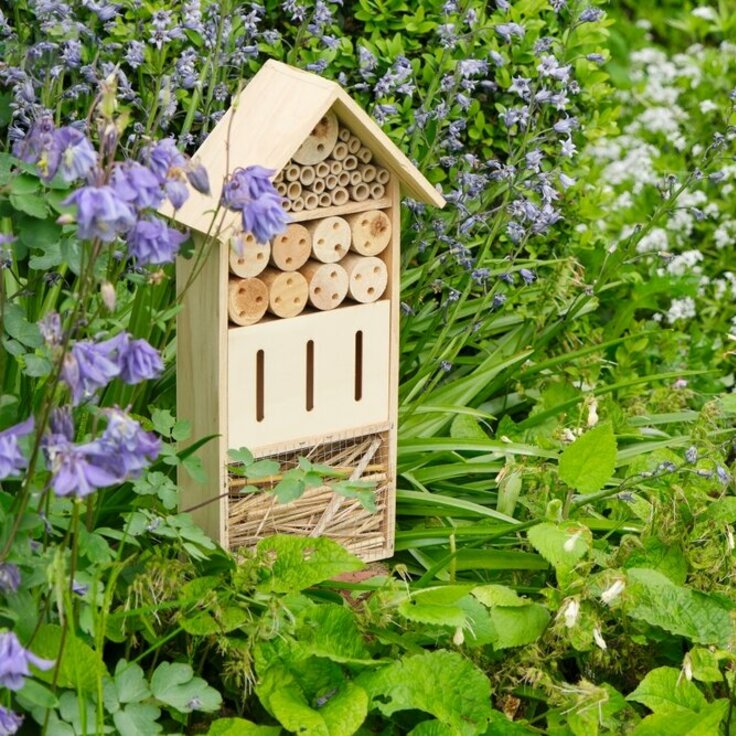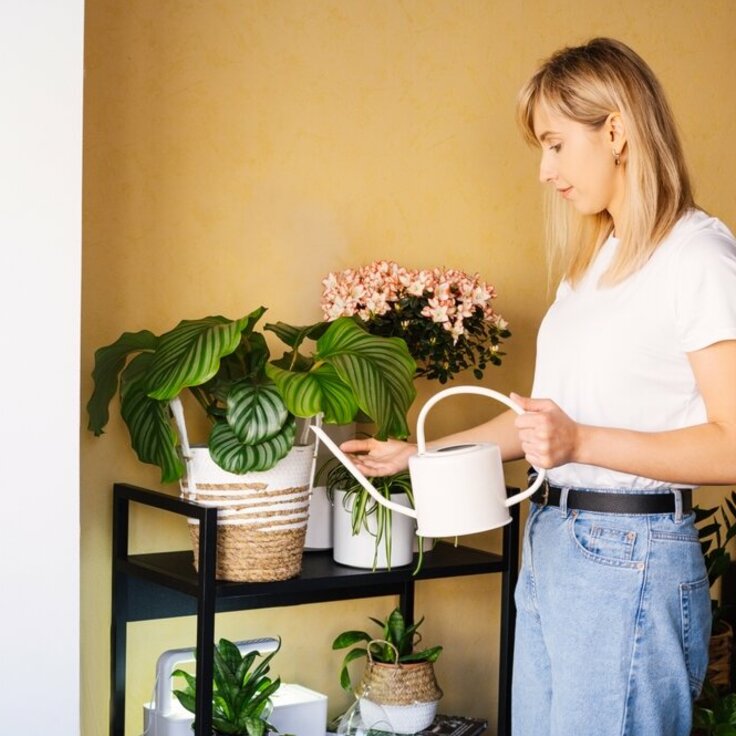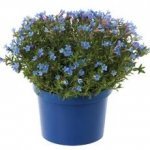Made in the Shade Lawn Care
Lawns are the living carpet of our landscapes. They moderate soil temperatures, prevent erosion, prevent crusting, and reduce compaction by cushioning foot traffic. Like other growing plants, turfgrass requires sunlight for survival and growth. Most turf grasses need at least 60 percent of full sunlight for best results. Less sun means a progressively thinner, weaker stand of grass. In a landscape filled with trees, the light intensity the grass receives decreases a little each year as the trees grow larger and denser. So it is no surprise that in an area where grass once thrived, but where trees have filled in, the lawn begins to decline.
Grasses Differ in Tolerance of Shade
Lawn grasses differ in their tolerance of shady conditions. St. Augustine is the most shade-tolerant of our southern lawn grasses. If a spot is too shady for St. Augustine, it is too shady for any warm-season lawn grass. In somewhat less shaded spots, zoysia is a good choice. Bermuda, seashore paspalum, and buffalo are the least shade-tolerant of our turf species.
Once a lawn begins to thin out from lack of sunlight, other complications will likely arise. Soil structure will be lost as raindrops and foot traffic pack the surface, reducing water infiltration, aeration and root growth. Weeds often become a problem in these spots, further stressing the remaining grass. This is when you find your lawn becoming a maintenance headache rather than a landscape asset.
Improving Lawns in Shady Areas
If you have a shady lawn area, here are several tips to help improve the turf and reduce your maintenance chores.
-
Consider having some tree limbs in the upper canopy removed to allow more light through. Remove some low hanging limbs as well to allow reflected light in from the sides. In many cases this will solve the problem without significant loss of cooling shade.
-
Avoid compacting the soil. Reroute the pitter-patter of little feet at until the area fills in. Severely compacted soils may benefit from mechanical aeration by a lawn care professional. In areas that see lots of regular foot traffic, consider installing paving.
-
Speed re-establishment by planting plugs or sod strips in bare areas.
-
Set your mower higher for shady spots. The leaf blades of the grass are its solar panels. More leaf area enables them to catch more light to support new growth. Plus, it makes thin areas look thicker.
- Avoid the temptation to over-fertilize or over-water. You can't make up for a lack of light with an excess of nutrients or water. In fact, heavily shaded areas need only one-half to tw- thirds as much water and fertilizer as areas in full sun. Over-fertilizing and over-watering can result in increased disease problems, not to mentioned pollution of surface and ground water.
These tips, although helpful, will not guarantee a lush lawn in heavy shade. Let's face it, some spots are just too shady to grow grass! Shady spots are ideal for raised beds with appropriate shrubs, perennials, annuals, or groundcovers. With a little planning and creative design, these areas can become a beautiful addition to the landscape.
Source: National Gardening Association








